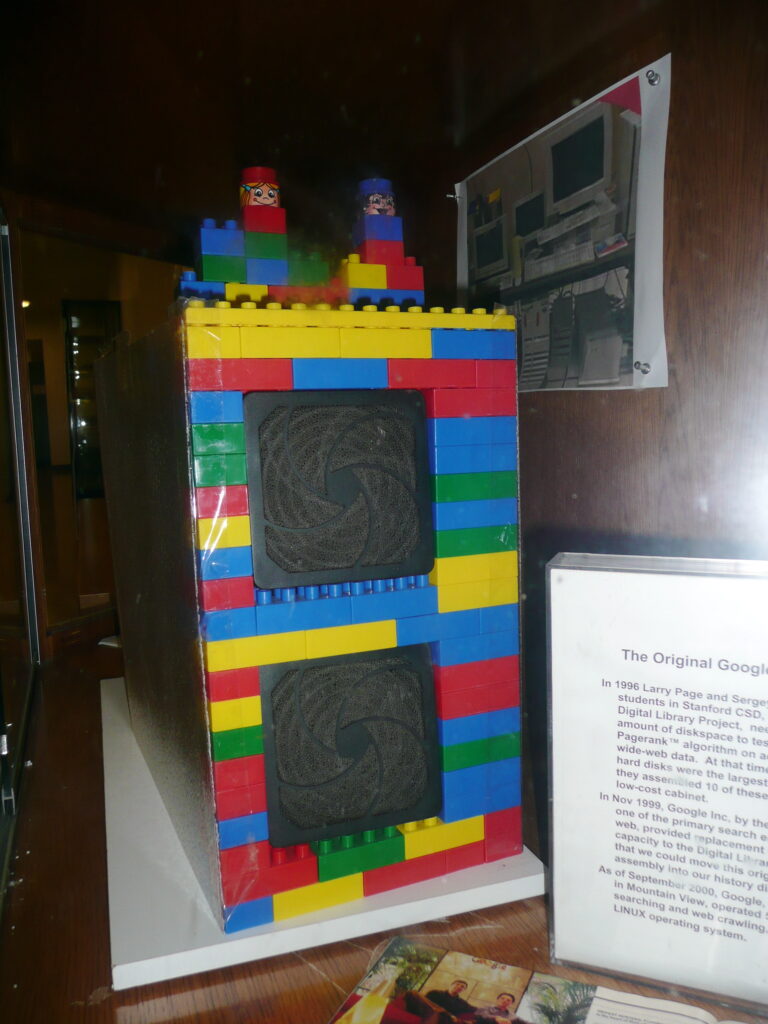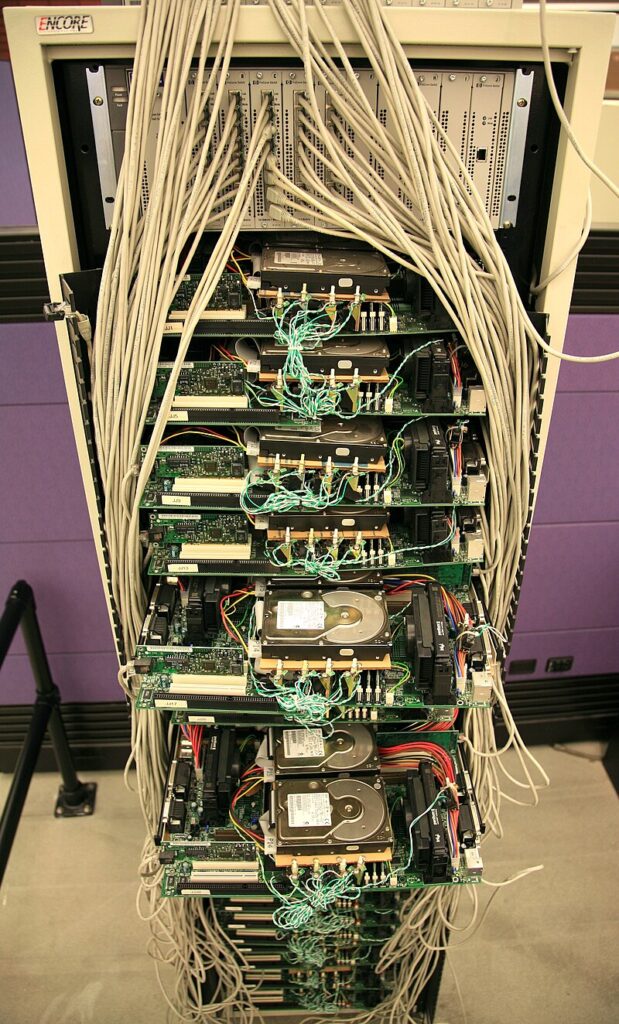Your cart is currently empty!
When we think of Google today, we imagine a trillion-dollar company, AI dominance, global data centers, and a near-mythical reach into the future of technology.
But what if I told you it all started with Duplo blocks?

In 1996, two PhD students at Stanford, Larry Page and Sergey Brin, were working on a research project called BackRub. Their goal? To improve how search engines ranked web pages. But they faced a very real problem: hardware.
They didn’t have funding. They didn’t have fancy enclosures.
They had a vision… and toy blocks.
“Every Giant Was Once a Garage Project.”
The first Google server—on display at Stanford University—was housed in a casing made from brightly-colored Duplo bricks. Yes, the kind kids build castles with. Why? Because they were modular, cheap, and surprisingly effective. In fact, those bricks held together the early infrastructure of what would later organize the world’s information.
Just a few years later, the company built their first production server rack, now preserved at the Computer History Museum in California. It looks like something out of a sci-fi hacker film—tangled wires, exposed hard drives, and raw boards stacked high. And yet, that chaotic assembly powered early search queries for millions of users.

Innovation rarely starts with perfection. It starts with what you have.
The Lesson?
The story of Google’s humble beginnings is a timeless reminder for every entrepreneur, engineer, or dreamer:
- You don’t need the perfect tools, just a relentless idea.
- You don’t need a million dollars, just resourcefulness.
- You don’t need approval, just action.
The most powerful companies of our time—Apple, Amazon, Google—didn’t rise from luxury labs.
They emerged from garages, dorm rooms, and colorful plastic blocks.
So next time you’re hesitating because your project doesn’t look “professional enough,” remember the Duplo server. The world’s most powerful search engine literally began with toys and tangled wires.
Start messy. Dream big. Build anyway.





